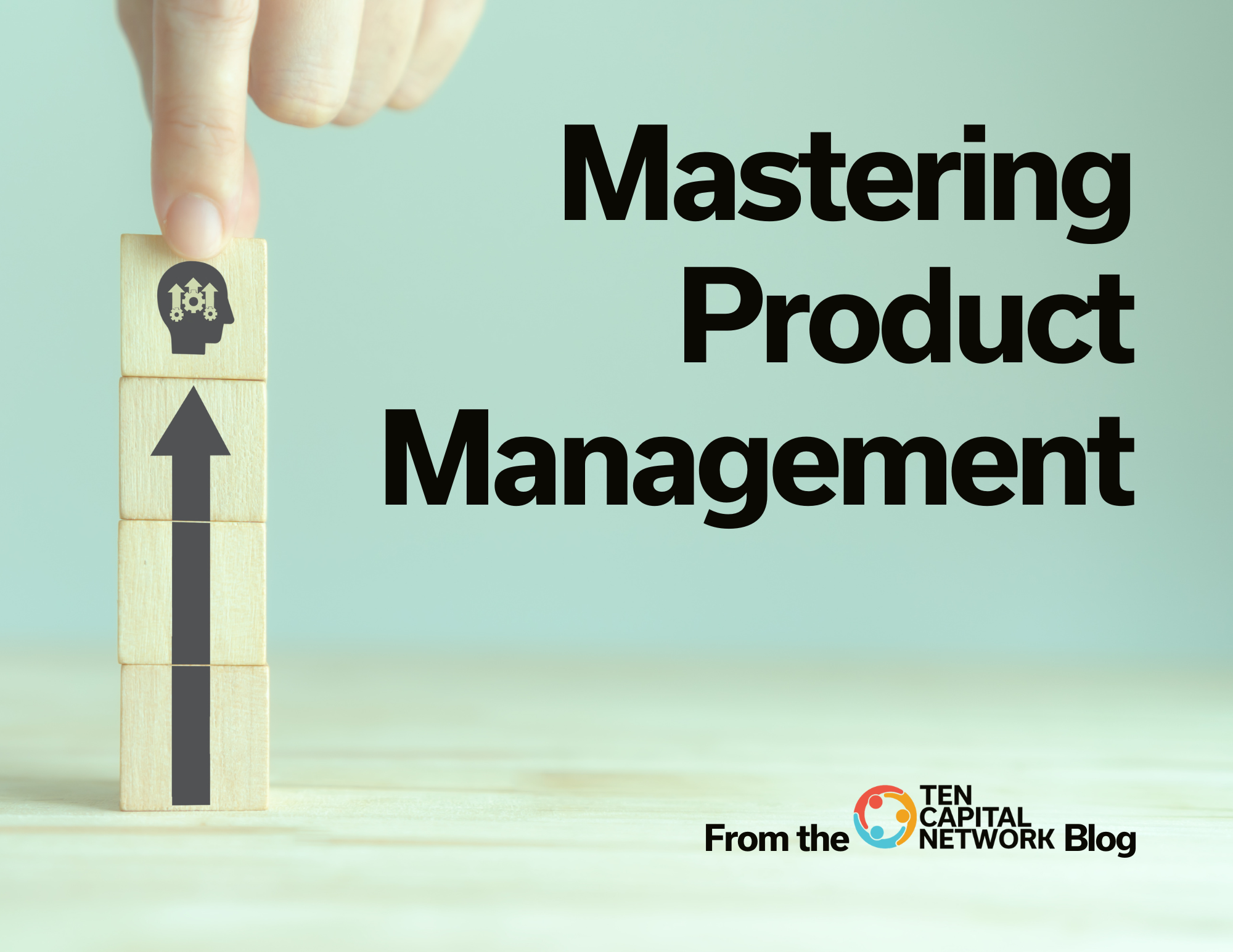2 min read When you are raising funding, investors want to know what progress the company is making.
After the initial presentation, the investor wants to hear about progress in four areas:
- Sales
- Team
- Product
- Fundraise
Updates on the market size, growth, and competition status are not of interest. The most important thing to understand is that the investor wants to know what you are doing. Focus your updates on these four core items in each communication with the investor to give them a sense of traction and momentum.
Sales
Most startups focus on the product first and treat the customer as an after-thought. However, the investor knows that in the long run, customer revenue will make or break your business, not the product. Even before you have a product you should be talking with customers about their needs and relaying that to investors.
As you build the product, you want to maintain customer interactions with you and your product and share that with investors.
When talking with investors, be sure to highlight the customers’ problems and the solution they would like to see. It’s important to show the investor that customers are with you on your journey and they are not something to be recruited later when the product is done.
The Team
Investors will look closely at your team since they are a crucial part of your company’s potential success.
One of the first things investors will look for is skill and completeness. Your team must have the skills needed to accomplish the work. Investors also want to know that you’re not missing anything important when it comes to the structure of that team.
At the seed level, a complete team consists of:
- An individual who is building
- An individual who is selling
You cannot have a team where everyone is building and no one is selling.
Focusing on building without selling is one of the most common mistakes startups make by thinking they must have a product before they can sell it. In reality, you should be selling your product as soon as possible. You may not be generating revenue, but you should be bringing the customer through the process just as you are doing so with the investor.
Product
Sometimes entrepreneurs spend a large amount of time writing a massive business plan that talks about the startup’s services and the benefits that come from those services. The problem is, it can focus so much on the benefits and services that it becomes hard for an investor to understand exactly what the product is.
Investors want to know what your product is; not just your technology or the benefits it offers. You must show the product and define it clearly so investors know how you will approach the market.
Make sure the product has a name when you’re going to pitch. This helps establish the product as a tangible thing in the investor’s mind even if the product is still in development.
Tell the investor what the product is in 5 words or less so they have an understanding of exactly what it is you are selling. Even if the product is not yet ready for sale treat it like it has form and function now. This helps investors grasp what you are doing.
IP
When it comes to investing, investors tend to look for protection over the idea they are investing in.
Patents and trade secrets can help.
The truth is, ½ of the value of a patent is simply for a show because investors want to see it. In practice, it’s difficult to use patents as the sole means of protecting your business from the competition; however, it can still help in the long run.
If you have patents, investors want to know:
- What was filed
- When it was filed
- If it is a provisional patent, design patent, or utility patent
Most investors don’t expect you to have awarded patents for utility or design patents since the process typically takes over 3 years to complete.
If you don’t have any patents, consider filing a number of provisional patents so you can tell investors that you have a patent-pending technology.
One advantage of provisional patents is that it gives you a year to figure out if patents can provide any reasonable protection. If so, then file for a full patent.
Keep in mind that you don’t have to pursue patents if it doesn’t make business sense in the long run.
Fundraise
Investors look for traction in your fundraise just as they look for traction in your core business. During a raise, investors will first express interest and then make a commitment before they invest.
You want to capture all 3 levels in your pitch in a fundraise.
- Add up how many investors have expressed interest.
This is often called soft-circled interest. Present that number as investor interest.
- Take all the committed amounts of investment and add that number to your presentation as well.
- Take the amount of funding that has come into your bank account and show that number.
Over the course of the campaign, those numbers will change. Make sure you show the prospective investor interest from other investors throughout the campaign.
Read more on the TEN Capital Network eGuide: Art of Pitching

Hall T. Martin is the founder and CEO of the TEN Capital Network. TEN Capital has been connecting startups with investors for over ten years. You can connect with Hall about fundraising, business growth, and emerging technologies via LinkedIn or email: hallmartin@tencapital.group





